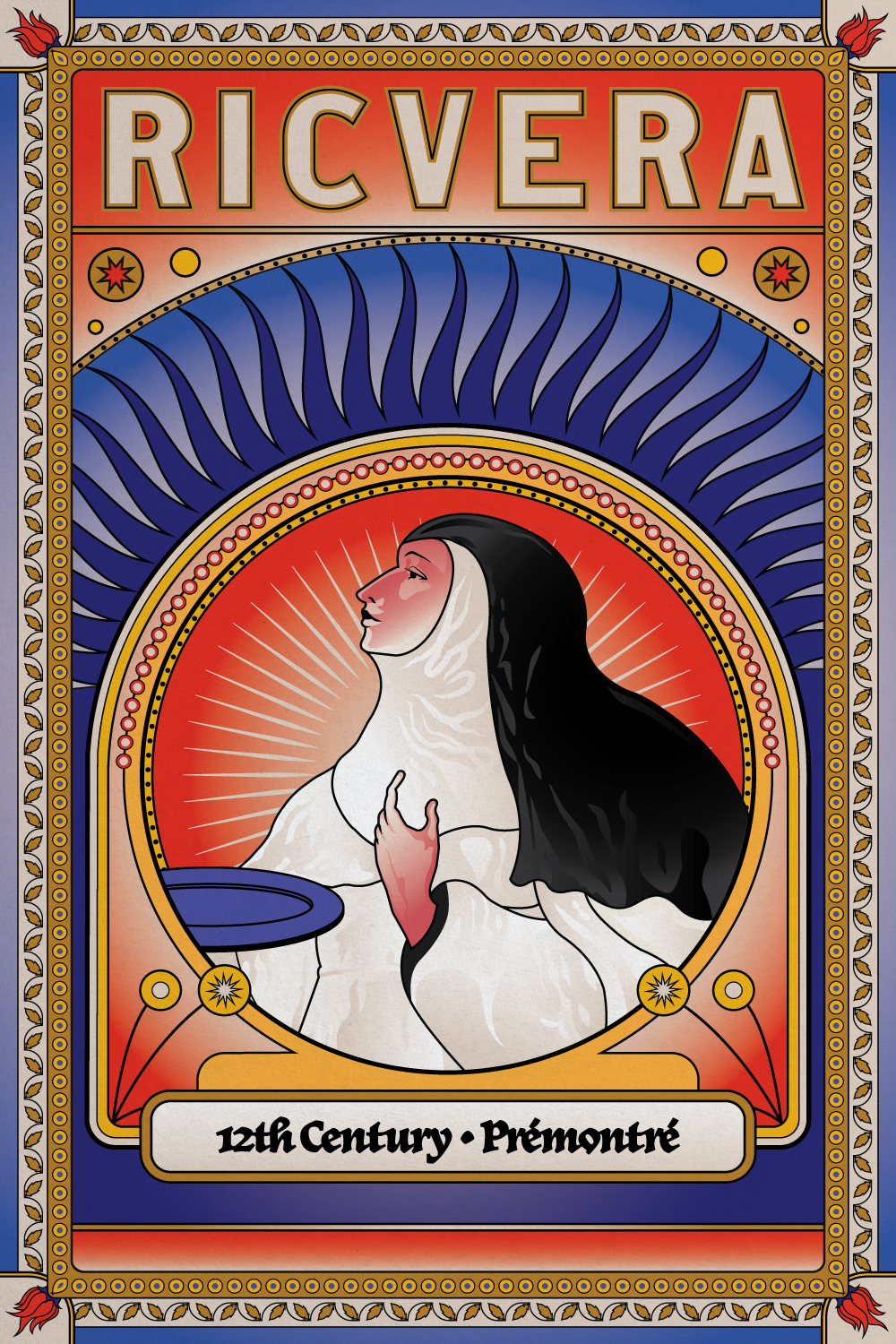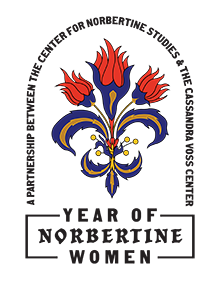
Year of Norbertine Women – Ever Ancient, Ever New
For the 2019-2020 academic year, the Center for Norbertine Studies collaborated with the Cassandra Voss Center for a year-long celebration highlighting Norbertine women past and present. This collaborative partnership aligned with the campus-wide theme of “Ever Ancient, Ever New" as well as the Cassandra Voss Center’s annual theme of “UnInvisible”.Celebrating Norbertine Women
Women played a role in the formative years of the Norbertine order, and continue to do so today. By shining a light on these powerful and inspiring women, together we can honor their contributions and achievements.
| 2019-20 Annual Theme Events | |
|---|---|
| Each month Center for Norbertine Studies |
Monthly Unveiling |
| Tuesday, Oct. 8, 2019 |
“The Lost Women of Prémontré: Finding and Following the Footsteps of Medieval Women” |
| Wednesday, March 11, 2020 Michel's Ballroom 5-7 p.m. |
Norbertine Women Today |
| Tuesday, April 14, 2020 CANCELED |
Nun on the Run: The Fugitive Canoness Countess Katharina of Wurttemberg This event was canceled due to the COVID-19 response, but Kirakosian graciously shared with us a video of a lecture she gave on Katharina of Wurtemmberg at the Swedish Collegium for Advanced Studies in Uppsala, Sweden, where she was a 2019/2020 visiting fellow. |
The Women Unveiled
Dive a little deeper into the rich stories of the women unveiled in #TheYearofNorbertineWomen. Discover why each of these women had a profound impact on the Norbertine order and how their legacy lives on today.
|
|
September Ricvera of Clastres Considered to be the first female Norbertine, Ricvera joined the community at Prémontré when it was founded in 1121. She dedicated her life to caring for those whom she welcomed with open arms to the hospital at Prémontré. The hospital (xenodochium in Greek) served not only as a place of respite for the sick but also as a shelter, offering hospitality to the poor, strangers and pilgrims. On her death, Ricvera wished to have her body buried in the hospital cemetery with “her beloved poor.” The work of this humble woman inspired thousands after her, and today communities of Premonstratensian canonesses, sisters and nuns can be found in 13 countries across the globe. Ever ancient, ever new. |
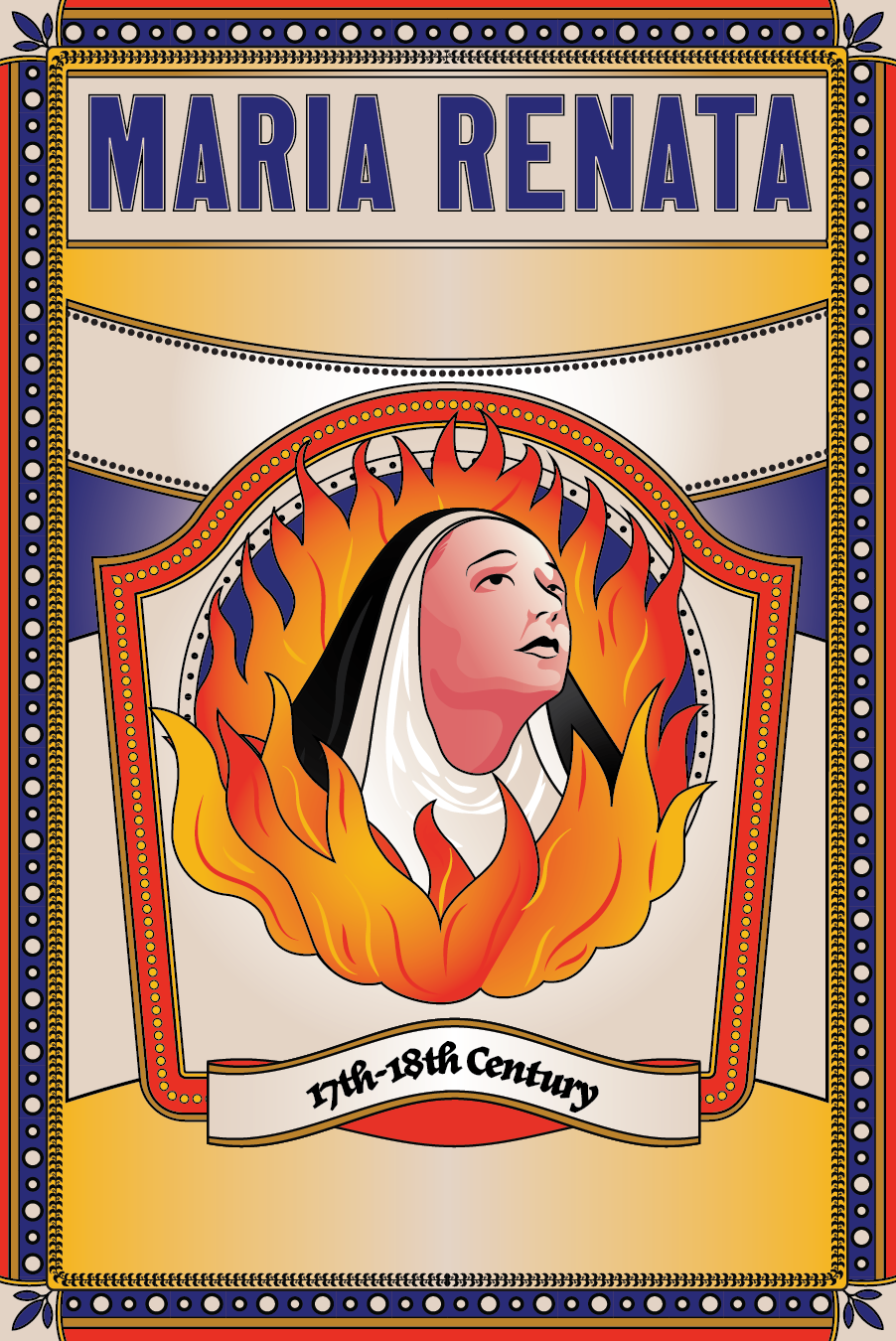 |
October Maria Renata Saenger von Mossau Sister Maria Renata Saenger von Mossau (1680-1749) was a Norbertine nun who devoted herself for 50 years to the convent of Unterzell in Bavaria (Germany). Despite her great piety, she was accused of witchcraft, was coerced into fantastic confessions, was convicted, and then was beheaded and burned on June 21, 1749. She was one of the last women to be executed for witchcraft in this part of Europe. The academic debates her trial and execution occasioned eventually prompted the end of witchcraft as a legal matter. Gender obviously factored into her persecution and death since approximately 90 percent of those accused of witchcraft throughout history have been women. History shows us how misogynistic and cruel the trials and punishment for witchcraft were. Oftentimes accusations were hurled against powerful and outspoken women as a means to silence them. Could such trials ever happen again? Are outspoken women still not called out, shamed and punished? Ever ancient, ever new. |
 |
November Marie Odiot de la Paillonne Marie Odiot de la Paillonne, an aristocratic woman from Toulouse, was a visionary who re-established the female branch of Norbertines in France in 1871. She was the founder of Bonlieu Monastery – a monastery of contemplative Norbertine women – in a church where male clericalism was put off by the strength and freedom of a decidedly superior woman. As a tireless writer with mystic gifts and fidelity to the teachings of the church, she authored several works and is best known for her numerous spiritual writings and her correspondence with important religious figures of the time. She was passionate about the cause of God in a republican France not very favorable to the mystics. The life and correspondence of Marie Odiot de la Paillonne also shed a light on the face of the Premonstratensian order in the 19th century at a time when this ancient order, devastated by the French Revolution in 1789, sought a path to its restoration in Europe with the dream of once again being united. Through her writing, Marie Odiot de la Paillonne made a place for the feminine voice in the late 19th and early 20th centuries. |
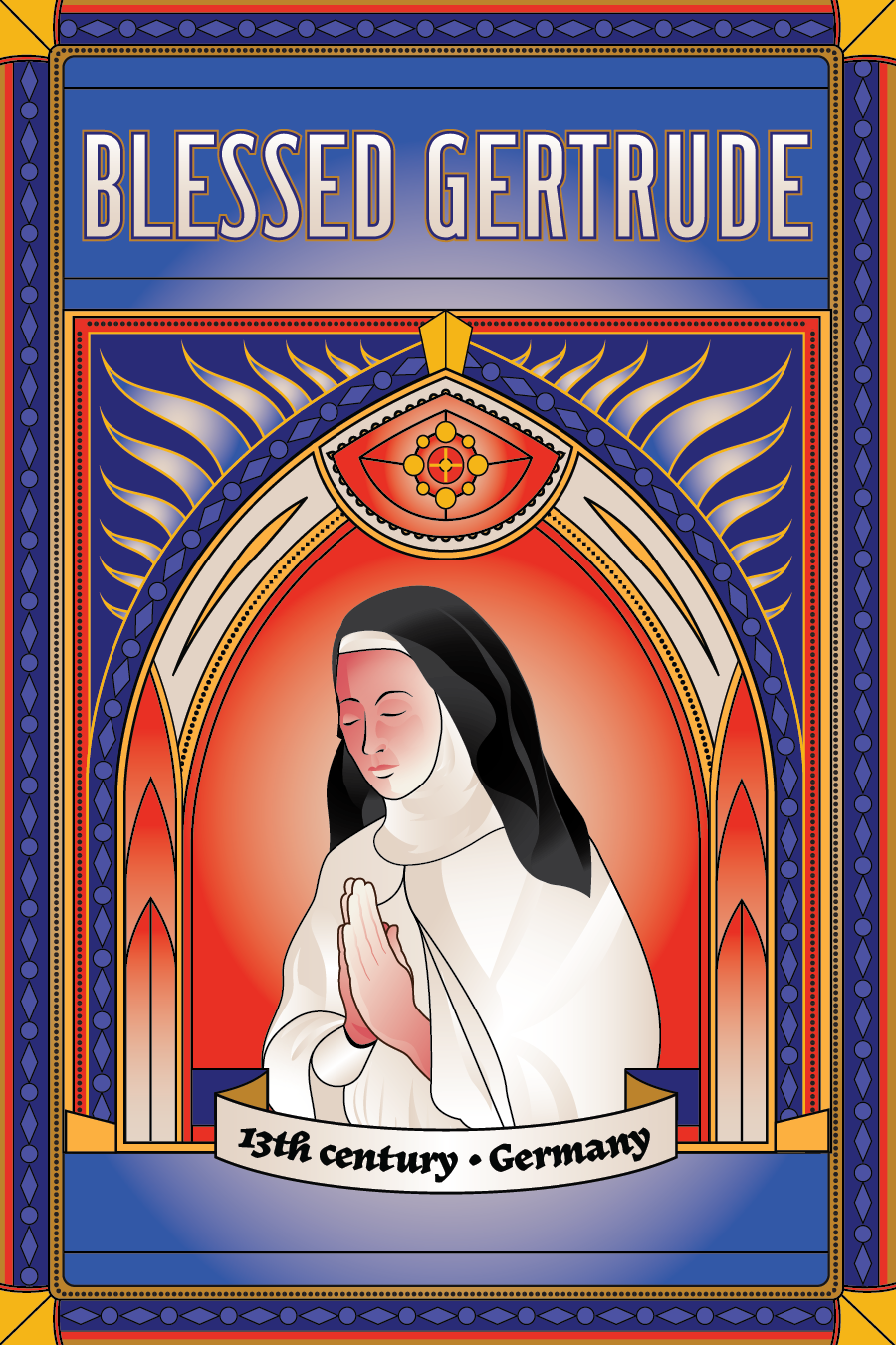 |
February Blessed Gertrude Gertrude, the daughter of Count Louis of Thuringia and Hesse and his wife, St. Elizabeth of Hungary, was dedicated to God from the womb by her father as he prepared to depart for the Crusades. She was born in September 1227, just a few weeks after her father died in the Crusades. Keeping the vow of her husband, Elizabeth entrusted little Gertrude to the Norbertine community at Altenberg at birth. |
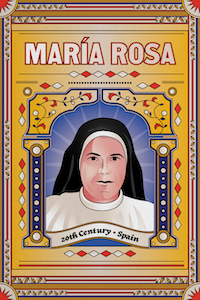 |
March María Rosa Vidal |
 |
April Norbertine Women Today |
The Artist: Samual Kalies

Sam Kalies ’19 is a designer and artist from Abrams, Wis. During his time at SNC, he majored in art and worked as a graphic designer for the Cassandra Voss Center. Kalies’ style is shaped by his love for drawing, painting, printmaking and photography, as well as a passionate interest in art history. Currently, he works at Wild Blue Technologies in De Pere, where he is able to apply his SNC education on a daily basis.
“When I first started developing an art direction for this series, I was looking at a lot of old matchbook designs, which is something my design professor, Brian Pirman, got me into. I was drawn to the decorative borders, illustration styles and primary colors, and thought the way the type and illustrations were arranged would be a useful reference for a series like this.
“It was important to me to make this series feel contemporary without completely ignoring the important historical element. I chose to reference old religious iconography through the heavy use of decorative borders and flourishes, but created everything digitally in a clean, bright and mostly ‘flat’ style so that it would feel fresh and modern.
“Along the way, a collaborator pointed out the connection between the matchbooks and the Norbertine women as symbols of light and as representations of both utility and beauty. Additionally, we felt the old imagery interpreted through a modern digital medium was a great link to St. Norbert’s yearly theme, ‘Ever Ancient, Ever New.’ These may not have been my intentions, but I love seeing people find their own meanings through details like this and thought they were inspiring and worth noting for the depth they add to this series. It has been a great project to be a part of, and I look forward to the unveiling of the remaining artwork!”






